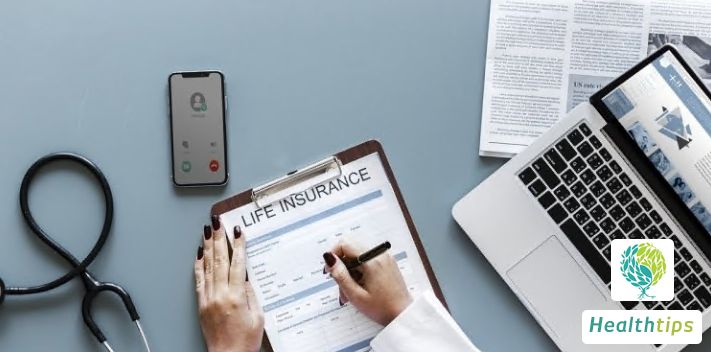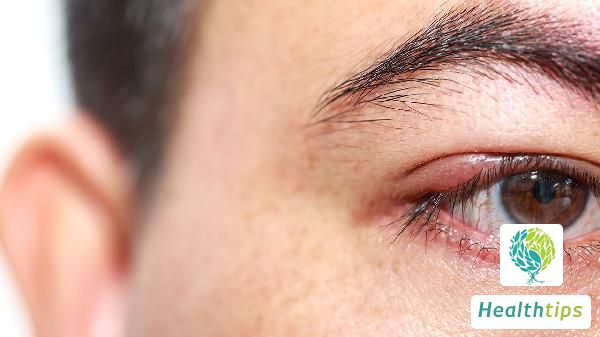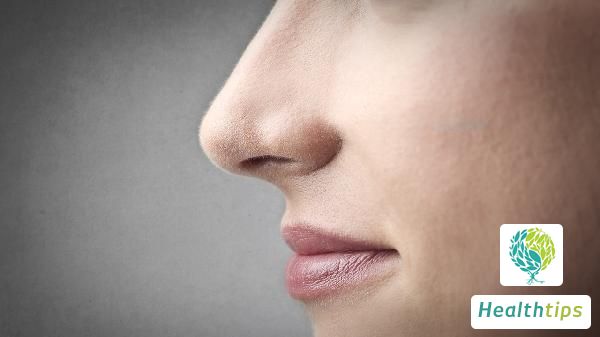How Can I Alleviate the Pain Caused by Otitis Media?
In the case of ear pain, patients are advised to promptly seek medical attention at a hospital and receive targeted treatment under the guidance of a doctor. Generally, symptoms can be improved through general treatment and medication.

1. General Treatment:
If ear pain is caused by a traumatic tympanic membrane perforation, avoid water entering the ear and use a disinfected cotton ball to block the external auditory canal during bathing. Additionally, maintain local cleanliness and hygiene to prevent infection.
2. Medication:
For ear pain caused by bacterial or viral acute suppurative otitis media, antibiotics such as amoxicillin capsules can be taken under the guidance of a healthcare professional for anti-infective treatment. Concurrently, non-steroidal anti-inflammatory drugs (NSAIDs) like ibuprofen sustained-release tablets or diclofenac sodium sustained-release tablets can be prescribed to reduce inflammation and pain. For secretory otitis media-induced ear pain, cephalexin dispersible tablets can be used to control infection, while decongestants like furosemide nasal spray can be applied to shrink the swollen eustachian tube mucosa, thereby promoting drainage and restoring hearing.
3. Other Methods:
Massage can also be used as an auxiliary method to alleviate discomfort. Press the indentation in front and below the tragus, known as Tinggong (H7), with your fingers for 5-6 minutes each time. Repeat this several times daily for optimal results. However, ensure moderate pressure to avoid skin damage. Furthermore, take adequate warm measures in daily life, adjusting clothing according to weather changes to prevent colds and exacerbating the condition. Opt for a light and easy-to-digest diet, avoiding spicy and stimulating foods, as they may increase gastrointestinal burden and hinder recovery.



















